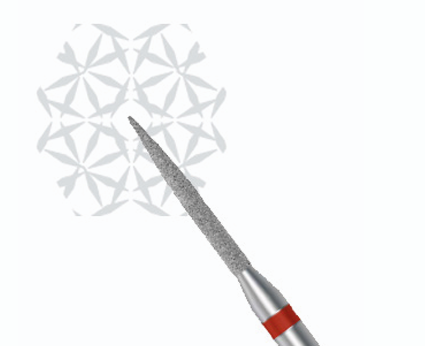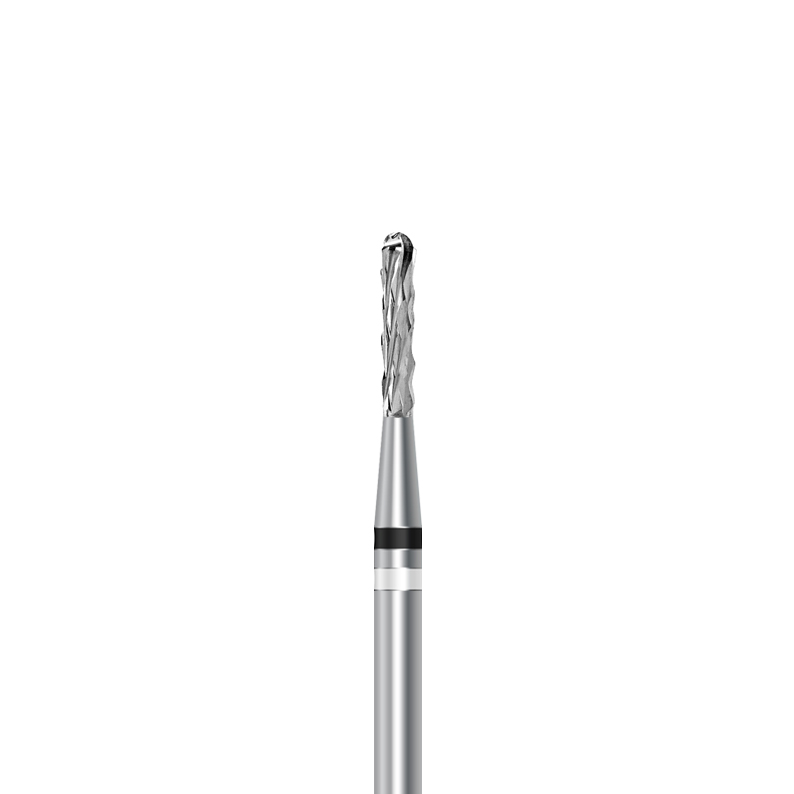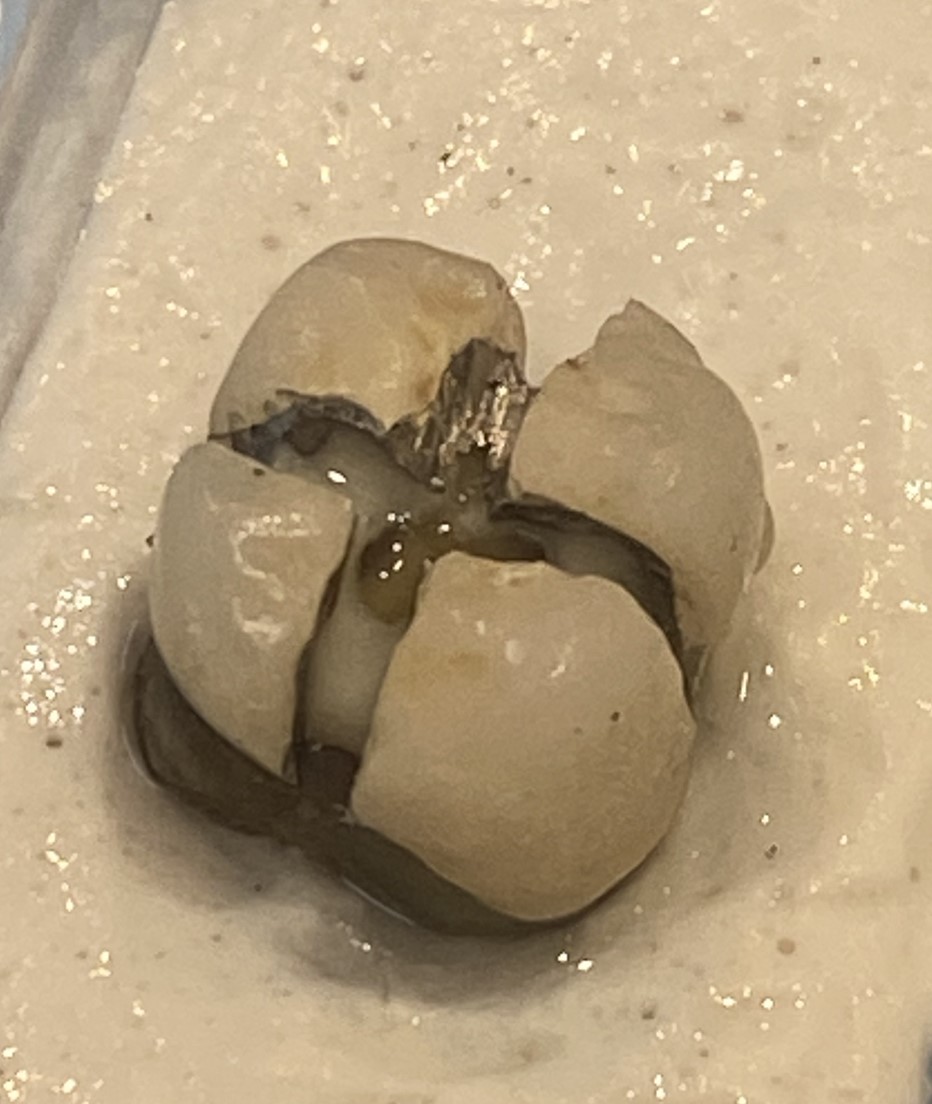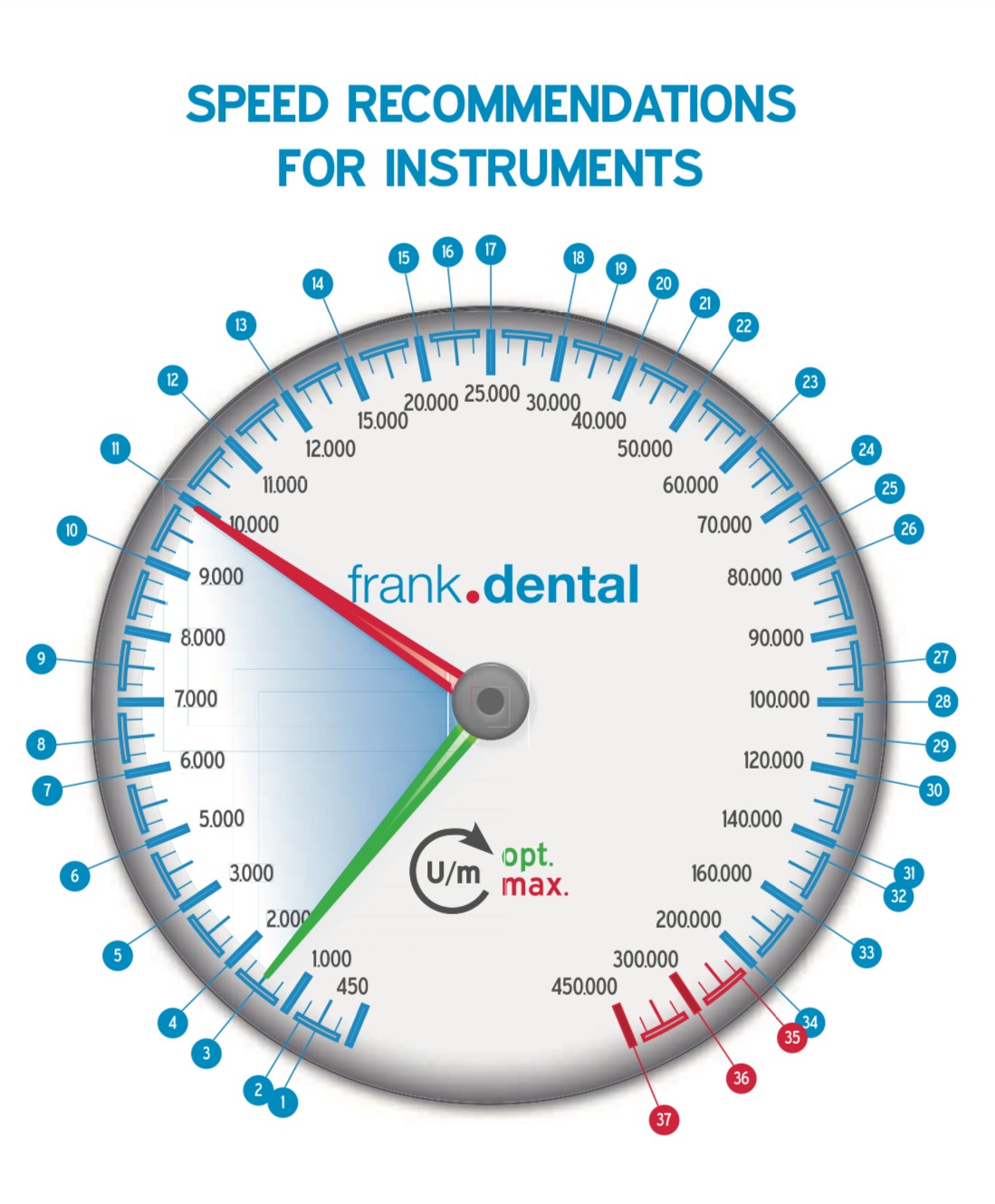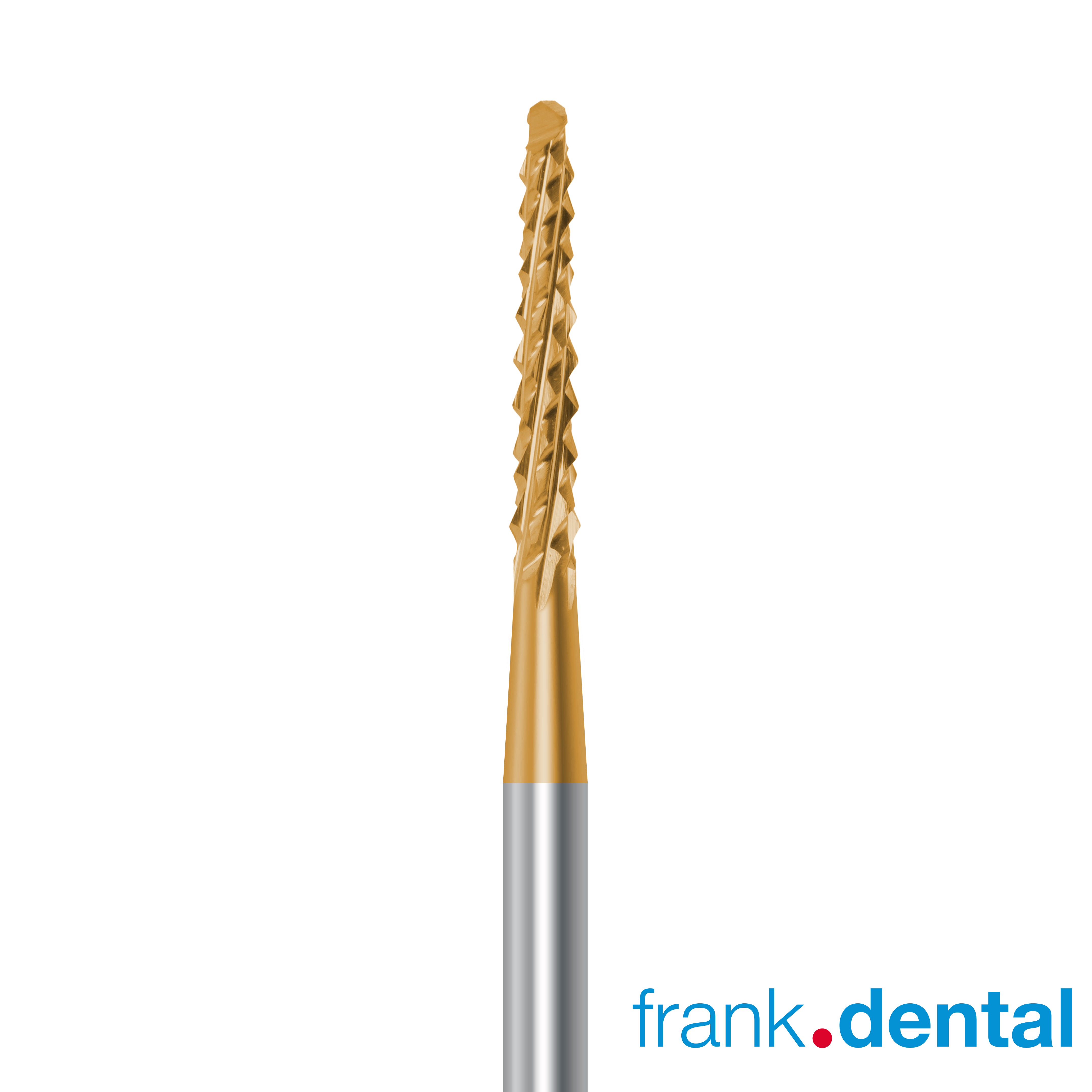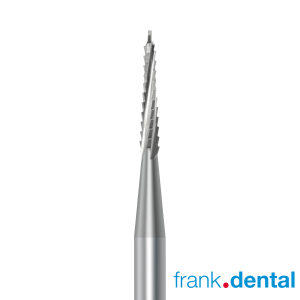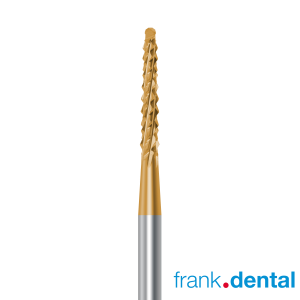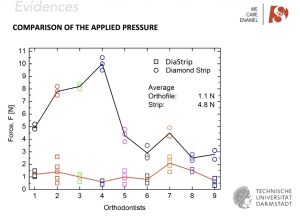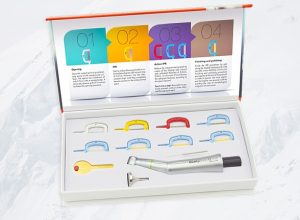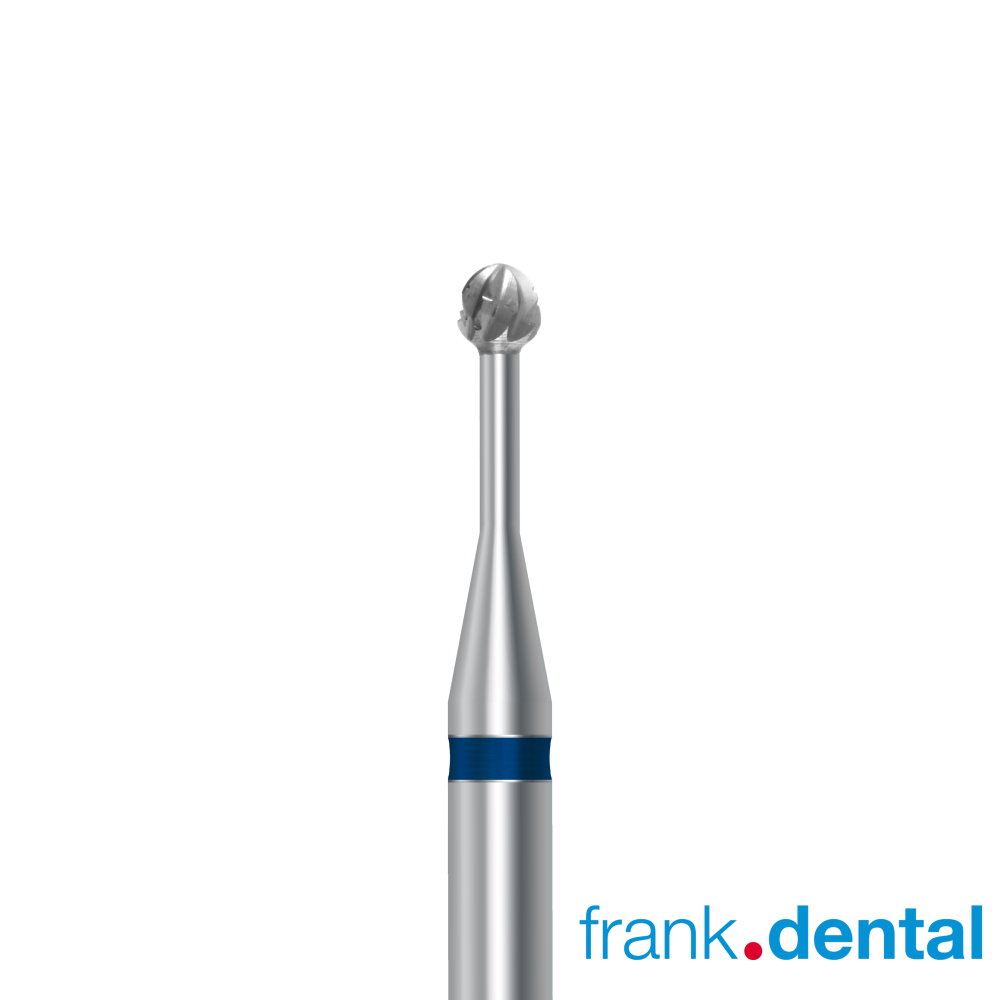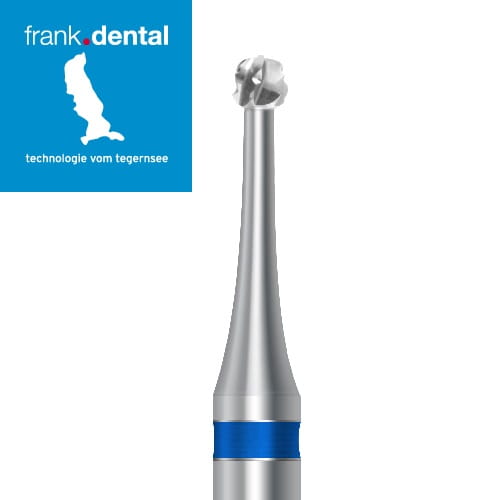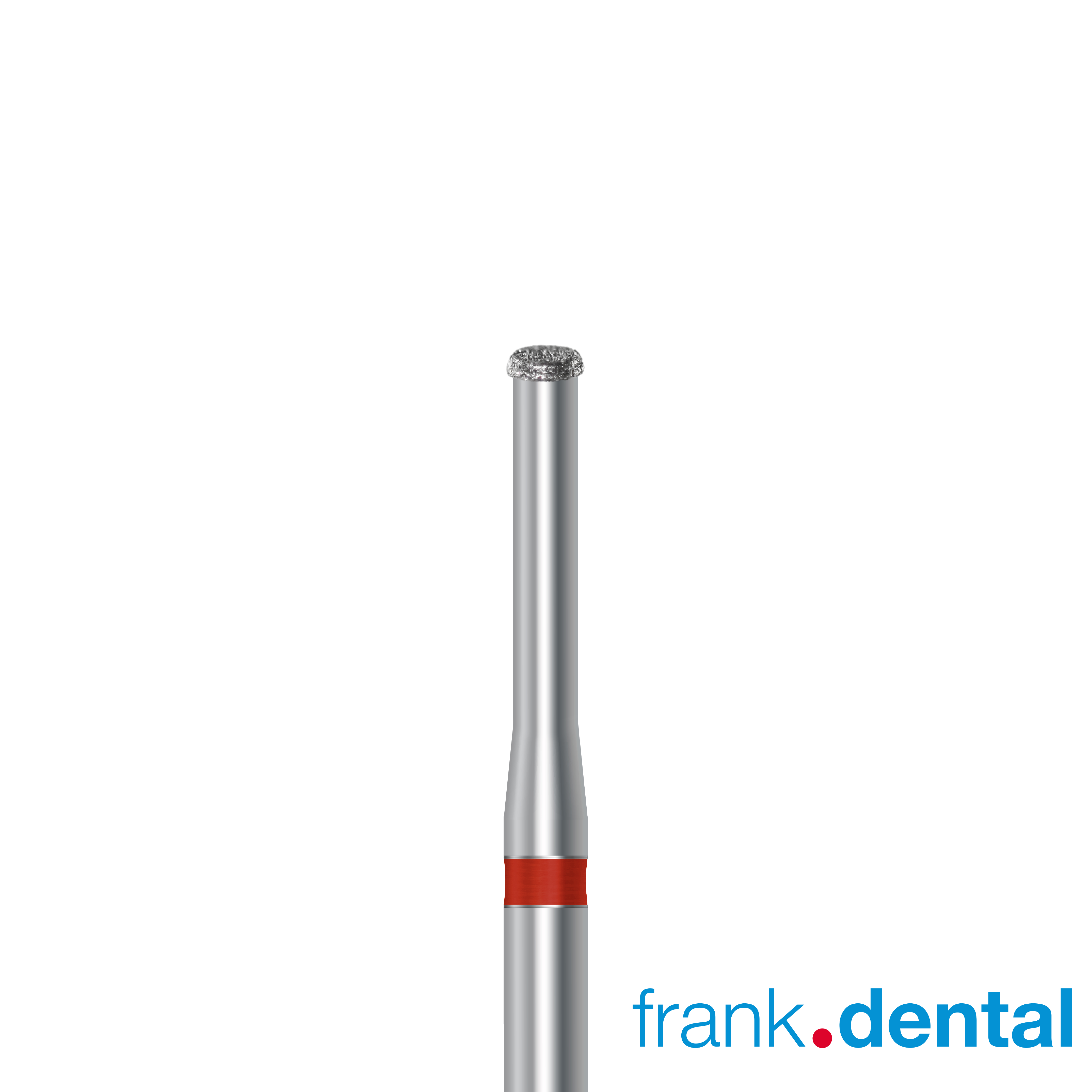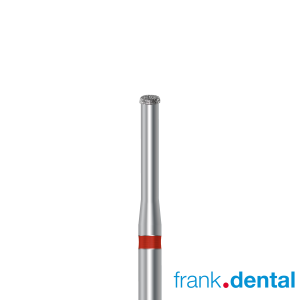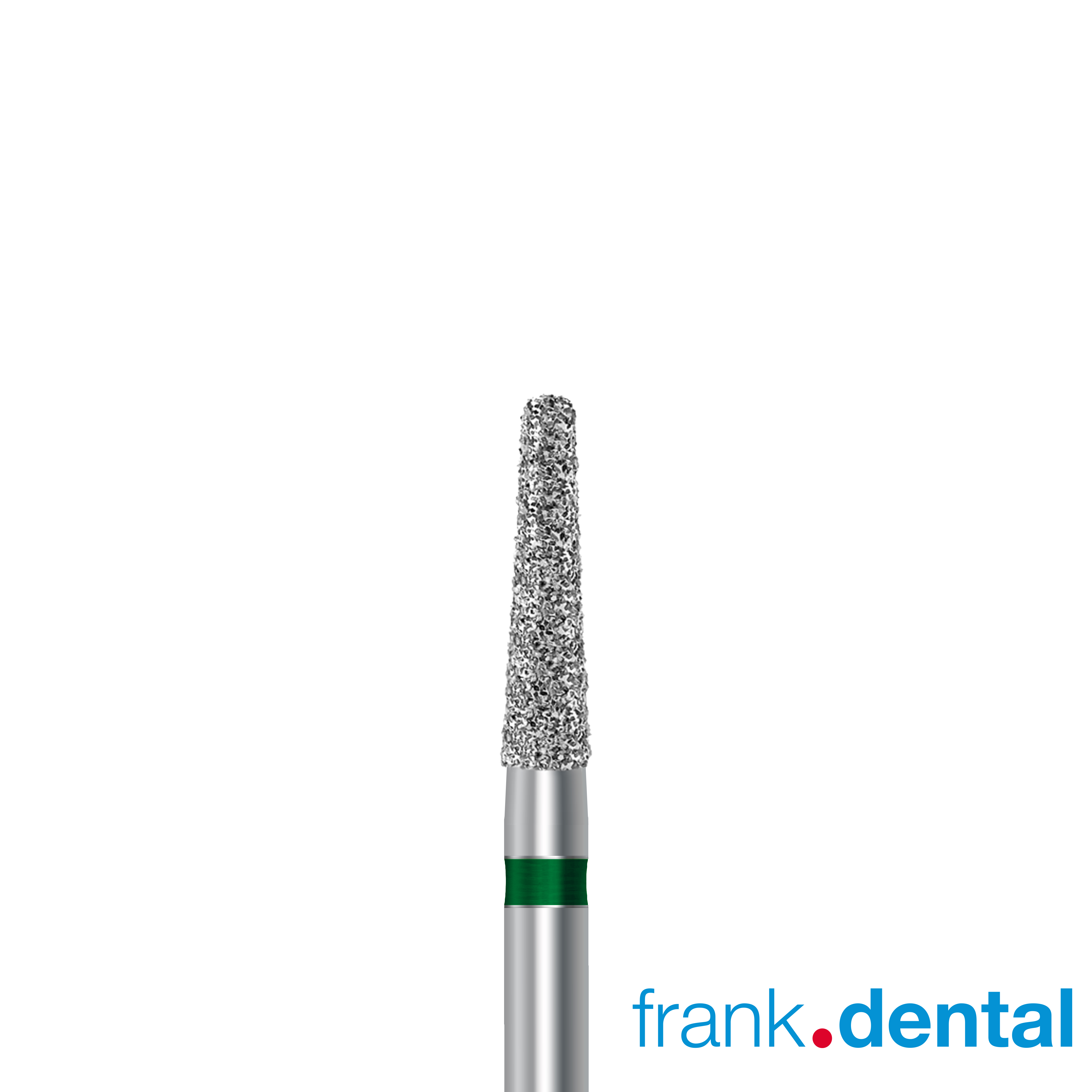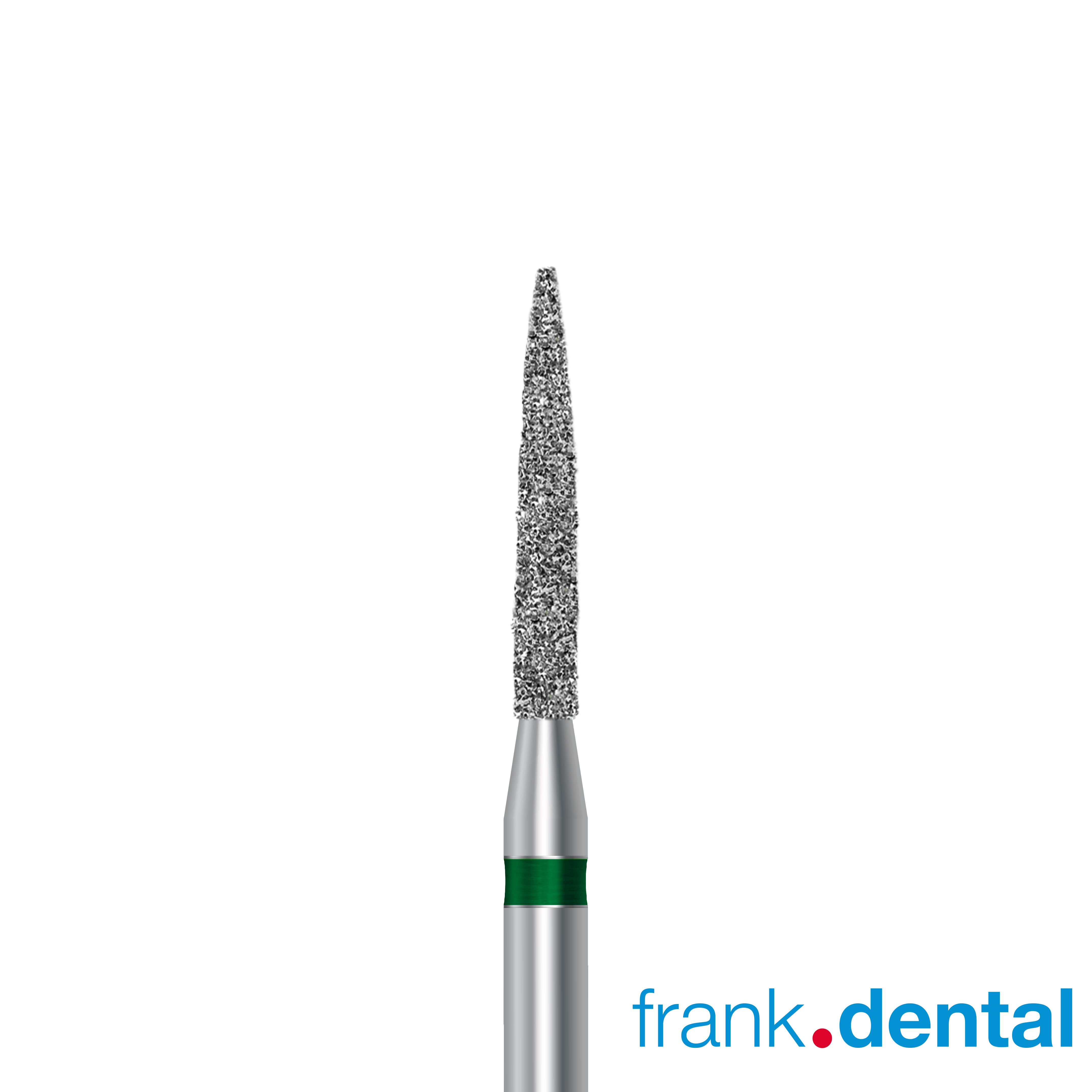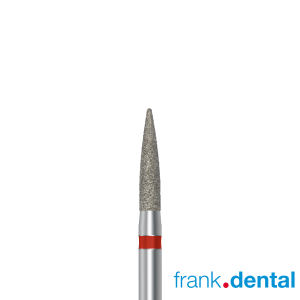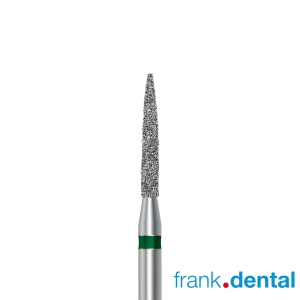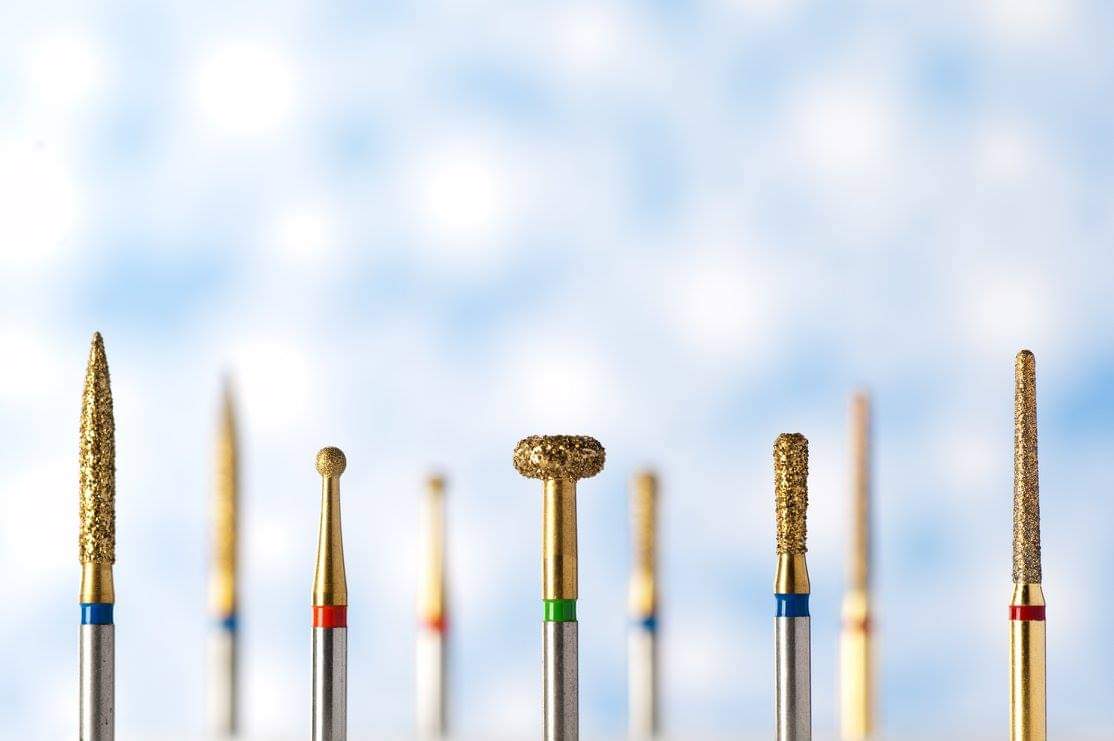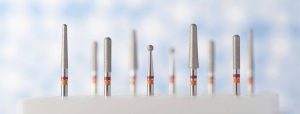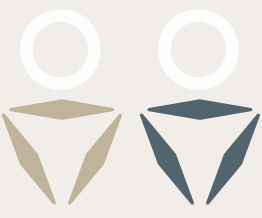Intro
When it comes to crown cutting burs, one name stands out above the rest: the FD8XXL by Frank Dental. This bur is known for its unrivalled efficiency, minimal vibration, and lasting sharpness. For dentists looking to streamline their crown cutting procedures and achieve superior results, the FD8XXL is the go-to choice. In this guide, we will explore the various benefits of using FD8XXL burs in your dental practice.
The Unrivalled Efficiency of FD8XXL Burs
Crafted to redefine the standards of dental procedures, the FD8XXL burs from Frank Dental are a game-changer in the realm of crown cutting. With a design meticulously engineered to slice through porcelain bonded to metal crowns, metal-only crowns, and even the toughest amalgams, these burs deliver unmatched speed and precision. Their unparalleled efficiency not only reduces the time required to complete each procedure but also enhances the overall experience for both the dentist and patient. The FD8XXL’s cutting-edge technology ensures that each cut is executed with exactitude, minimizing the need for adjustments and rework. This level of efficiency empowers dentists to focus more on the finer details of their craft, rather than being hindered by the limitations of lesser tools. By integrating FD8XXL burs into their practice, dental professionals can significantly elevate the standard of care they provide, ensuring that every procedure is performed with the utmost precision and efficiency. This commitment to excellence is what sets the FD8XXL apart as the preferred choice for those aiming to achieve the best possible outcomes in crown cutting and beyond.
Experiencing Minimal Vibration with FD8XXL
The hallmark of FD8XXL burs lies not just in their cutting prowess but also in the remarkable reduction of vibration during use. This characteristic is paramount for precision in dental procedures, where even a minor tremor can compromise the integrity of the work. The FD8XXL burs are engineered to ensure that vibrations are kept to an absolute minimum, enhancing the control dentists have during each procedure. This advanced vibration control is beneficial for patient comfort, as it diminishes the discomfort often associated with dental procedures, making the experience less daunting for them. Additionally, the reduced vibration aids in safeguarding the adjacent teeth and tissues from accidental damage, thereby upholding the health and safety of the oral cavity. The FD8XXL’s ability to provide a smoother operation translates to cleaner cuts and a more refined finish on the workpiece, which is essential for the fit and longevity of dental restorations. This feature, combined with the bur’s lasting sharpness and efficiency, underlines the FD8XXL’s role in enhancing procedural outcomes. Through minimizing vibration, dentists can expect not only an improvement in procedural accuracy but also a noticeable reduction in procedure times, as the need for corrections or adjustments is significantly lessened. This level of precision and comfort sets a new standard in dental care, affirming the FD8XXL’s position as a cornerstone in modern dental practices.
Lasting Sharpness of FD8XXL Burs: From First Use to Last
One of the most commendable features of the FD8XXL burs is their enduring sharpness, which is maintained from their initial use right through to their last. This remarkable characteristic is a testament to the advanced engineering and high-quality materials used in their construction. The consistent sharpness of the FD8XXL burs ensures that each cut is as precise and effective as the first, eliminating the common frustration of diminishing performance over time. This reliability in sharpness not only enhances the efficiency of dental procedures but also contributes to the durability of the burs themselves. By reducing the frequency with which burs need to be replaced, the FD8XXL offers a cost-effective solution for dental practices. The ongoing sharpness also means that dentists can proceed with their work with confidence, knowing that the quality of their cuts will not degrade, thus maintaining the high standards of care that their patients expect. The FD8XXL’s ability to remain sharp under repeated use across a variety of dental materials underscores its superior design and functionality, making it an indispensable tool in the modern dental toolkit.
The Versatility of FD8XXL in Dental Procedures
The FD8XXL burs stand out not only for their exceptional performance in crown cutting but also for their adaptability across a broad spectrum of dental tasks. Their unique design and construction allow for smooth operation in diverse procedures, beyond the initial scope of crown preparation. These burs are equally adept at navigating the complexities of root canal work, shaping cavities for fillings, and removing outdated or failed restorations with precision and ease. The ability of the FD8XXL to maintain its sharpness and efficiency, regardless of the dental material it encounters, positions it as a versatile tool in any dental practice. This adaptability reduces the need for multiple types of burs, simplifying inventory management and procedure preparation. Dental professionals can rely on the FD8XXL for a multitude of tasks, making it a valuable and multi-functional instrument in their arsenal. The inclusion of FD8XXL burs in dental practices not only streamlines the workflow but also ensures that each procedure benefits from the high standards of performance and outcomes that these burs facilitate. Their broad applicability underscores the innovative approach taken in their design, catering to the dynamic needs of modern dentistry and enhancing the ability of professionals to provide top-tier care across various dental procedures.
FD8XXL Burs: A Testimonial to Superiority
The acclaim for FD8XXL burs within the dental community is overwhelming. These burs have been lauded for their exceptional capabilities, particularly in enhancing procedure efficiency and patient satisfaction. Dental professionals who have transitioned to using FD8XXL burs share a common narrative of transformation within their practice. Reports of reduced procedure times are frequent, as the burs’ cutting-edge design facilitates swift, clean cuts through even the most challenging materials. The feedback underscores a notable improvement in the precision of dental restorations, attributed to the consistent sharpness and minimal vibration of FD8XXL burs. Such precision not only elevates the quality of dental work but also significantly diminishes the likelihood of patient discomfort during procedures. This has led to an uptick in positive patient feedback, with many noting the smoothness of their treatment experiences. The collective testimony of dentists who have made FD8XXL burs an integral part of their toolkit speaks volumes. It highlights a shift towards more efficient, comfortable, and high-quality dental care, firmly positioning FD8XXL burs as a benchmark for excellence in dental instruments. The endorsements from seasoned professionals further solidify the status of FD8XXL burs as indispensable assets in modern dentistry, shaping the future of dental procedures with their unmatched superiority.
Integrating FD8XXL Burs into Your Dental Practice
To effectively incorporate FD8XXL burs into your dental practice, start by conducting an assessment of your current tools and procedures to identify areas where FD8XXL burs could have the most significant impact. Consider organizing a training session or workshop for your dental team, focusing on the unique attributes and handling techniques of FD8XXL burs. This step ensures that every member is confident and proficient in leveraging these burs to their full potential. Next, gradually introduce FD8XXL burs into routine dental procedures, monitoring their performance and gathering feedback from both the dental team and patients. Pay special attention to the ease of use, effectiveness in cutting different materials, and any improvements in procedure times or patient comfort levels. It may be beneficial to document these observations for future reference or to guide further integration strategies. Additionally, maintaining an open line of communication with your supplier can provide valuable support, offering insights on best practices and new developments related to FD8XXL burs. As your practice becomes more accustomed to these tools, consider expanding their use to more complex procedures, evaluating their impact on clinical outcomes and operational efficiency. Through careful planning, training, and ongoing evaluation, integrating FD8XXL burs into your dental practice can lead to enhanced procedural quality, patient satisfaction, and overall practice growth.
Conclusion and Final Thoughts on FD8XXL Burs
Wrapping up, the distinction of FD8XXL burs in the dental toolkit is unparalleled. They bring a blend of precision, efficiency, and adaptability that is hard to match. For professionals dedicated to advancing their practice, these burs represent not just a tool, but a step forward in the pursuit of excellence in dental care. The testimonies from the dental community affirm their transformative impact on both procedural outcomes and patient experiences. Embracing FD8XXL burs means embracing an opportunity to refine the quality of care offered, making every dental procedure a testament to precision and patient comfort. As the landscape of dentistry continues to evolve, tools like the FD8XXL are the benchmark for what it means to combine innovation with superior care. The decision to integrate these burs into your practice is a decision towards setting new standards in dental procedures, ensuring that every cut made is a cut above the rest.
Order
C.FD8XXL.012.FG – Porcelain bonded to Metal/Metal/Amalgam – Crown Dental Burs Online Store

